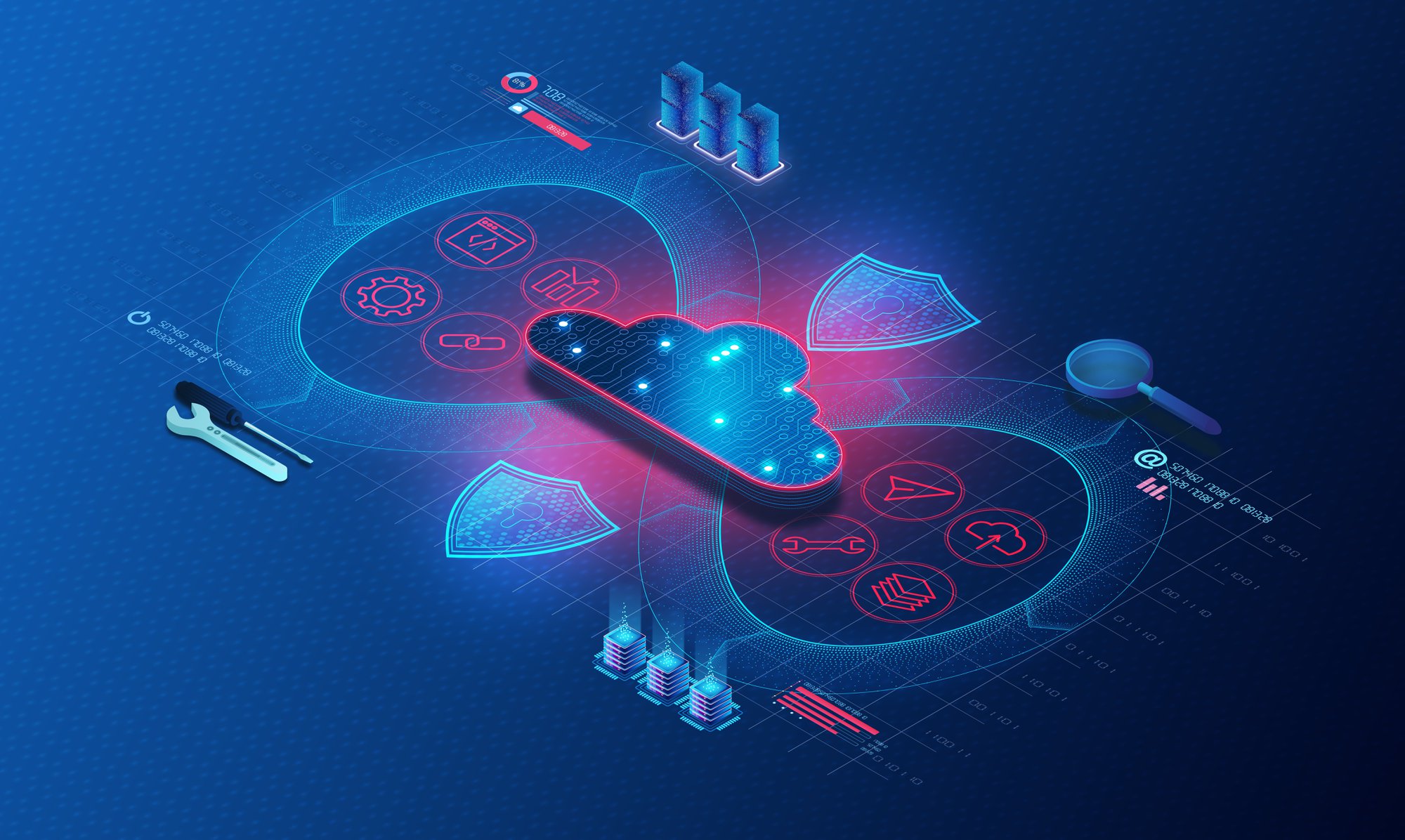
Enhance Your Data Life Cycle Management: Understanding the Stages and Best Practices of Data Lifecycle Management
Data lifecycle management secures, stores, and structures your valuable enterprise data to meet regulatory requirements and fulfill business information demands while optimizing infrastructure and costs.
As the world moves into a fully-digital future, the amount of data enterprises produce is growing astronomically. According to a Seagate report, the total amount of data generated by 2025 will accelerate exponentially to 175 zettabytes. No wonder we refer to this as the Information Age and to data as the new oil! However, this data must be reliable, accurate, and readily available when needed to be truly valuable. Data lifecycle management can help.
Data lifecycle management (DLM) entails a policy-based framework that can help your enterprise organize and manage the data through its entire lifecycle—from creation to deletion.
In this article, let’s discuss how data lifecycle management can work for you. How might DLM solutions like SOLIXCloud empower organizations to get the most out of their data?
The Stages of Data Lifecycle Management

Data lifecycle management focuses on five key stages: creation, storage, usage, archival, and destruction. These stages are more or less consistent across enterprises (though of course, you might skip certain stages based on classification and type of data).
- Creation: In this initial stage, the content is generated or captured. For example, an employee may write a document or add a transaction to an ERP system or receive credit information from a client or a 3rd party agency. As you can see, new data may come from within or outside your organization.
- Storage: After creating data, you need to hold it somewhere or risk losing it. An effective DLM policy would recommend separate storage categories depending on the sensitivity and utility of each piece of data. For example, storage considerations differ for actively-used data and infrequently-used data.
- Usage: In this stage, users access or process the data. For instance, they may work through sales data to send product shipments. It's important to monitor usage carefully since this is a dynamic stage when data may be modified or shared. Tracking who can access the data—and for what purpose—can also significantly impact an organization’s ability to comply with data regulations. An audit trail of all actions is recommended.
- Archival: As data ages, its utility and frequency of access diminish. However, this data might be necessary for infrequent business reporting or compliance with data retention regulations. An effective DLM helps tier the data to lower cost and secure storage with appropriate access capabilities to reduce the costs and secure the data.
- Destruction: After the data has lost its utility from a business and compliance requirement, it's time to eliminate it. Not doing so adds to costs and increases data security vulnerabilities. And in some cases, it’s illegal to maintain data beyond a specific time.
How Can Data Lifecycle Management Help Your Enterprise?

At a time when organizations are handling more data than ever across cloud, on-premise, and hybrid environments, the need for an effective DLM strategy has never been greater. Data lifecycle management is the most effective way to manage explosive data growth in organizations. But it needs to be comprehensive to be practical and effective.
Data lifecycle management policies typically take effect right from the point of data creation. Based on the frequency of access and business value, the guidelines help identify, classify and implement measures to help meet access, cost, security, and compliance requirements.
Key Benefits of an Effective DLM
Data Security: Data lifecycle management propagates the need to identify sensitive, private, and confidential information and implement appropriate policies and measures to secure it effectively. Such policies are essential to secure data against breaches, malware, theft, loss, and compromise.
Data Integrity and Quality: Data must be reliable and accurate to be truly valuable. This entails keeping the accuracy of all data through any changes and across copies. For this, you must maintain an effective record of lineage, changes, location, and access.
Data Availability: A key goal of DLM is to help make data accessible seamlessly for employees and processes when needed. It also limits access to those who need it, as unauthorized access and processing can lead to compliance and data security risks.
Data Compliance: Organizations need are subject to various data regulations governing how long data should be retained, how to secure that data, and how the data can be processed. DLM provides a holistic governance framework to meet compliance requirements—without impacting the accessibility and availability of information.
Data Management Costs: Data value and utility changes over its lifecycle. Organizations need to have effective policies that can help move data between storage tiers and resources to not only secure data but also reduce management costs in line with diminishing value.
Enterprise Data Management With Solix

While data volume keeps growing, it’s important to note that not all data has equal value. A proper data lifecycle management strategy—backed by a comprehensive technology solution—can help your enterprise achieve its data management objectives effectively and at scale across a heterogenous data landscape.
SOLIXCloud’s data management helps forward-thinking companies reduce the cost of managing enterprise data while ensuring security, compliance, performance, and easy access.
SOLIXCloud delivers all of the capabilities required to strike the perfect balance between historical and current data management. With a complete suite of compliance features for structured, unstructured, and semi-structured data, SOLIXCloud offers a fully managed data lifecycle management service for all enterprise data.
Contact Solix today to speak with a data lifecycle management expert or see a demo on how SOLIXCloud can help effectively implement data life cycle management in your organization.



